Ruijie Reyee RG-AP720-L 802.11ac Wave2 Dual-Radio Access Point
Specifications
Hardware Specifications
-
- Dimensions and Weight
- Unit dimensions (W x D x H) – 194 mm x 194 mm x 37 mm (7.64 in x 7.64 in x 1.46 in)
- Shipping dimensions – 460 mm x 360 mm x 242 mm (18.11 in x 14.17 in x 9.53 in) (W x D x H)
- Unit weight
- Main unit: 0.42 kg (0.93 lbs)
- Mounting bracket: 0.07 kg (0.15 lbs)
- Shipping weight – 0.87 kg (1.92 lbs)
- Mounting – Wall/Ceiling-mount (a mounting bracket is delivered with the main unit)
- Lock option – Kensington lock and securing latch
- Dimensions and Weight
Wi-Fi Radio
-
- Radio design
- Dual-radio and up to four spatial streams:
- Radio 1: 2.4 GHz, two spatial streams, 2×2 MIMO
- Radio 2: 5 GHz, two spatial streams, 2×2 MU-MIMO
- Operating frequencies
- Radio 1, 802.11b/g/n:
- 2.400 GHz to 2.4835 GHz, ISM
- Radio 2, 802.11a/n/ac:
- 5.150 GHz to 5.250 GHz, U-NII-1
- 5.250 GHz to 5.350 GHz, U-NII-2A
- 5.470 GHz to 5.725 GHz, U-NII-2C
- 5.725 GHz to 5.850 GHz, U-NII-3/ISM
- Note: Country-specific restrictions apply.
- Data rates
- Combined peak data rate: 1.167 Gbps
- 2.4 GHz radio
- Two spatial stream Single User (SU) MIMO for up to 300 Mbps wireless data rate to individual 2SS HT40 802.11n client devices (max.)
- Two spatial stream Single User (SU) MIMO for up to 144.4 Mbps wireless data rate to individual 2SS HT20 802.11n client devices (typical)
- 5 GHz radio
- Two spatial stream Single User (SU) MIMO for up to 867 Mbps wireless data rate to individual 2SS HT80 802.11ac client devices (typical)
- Data rate set
- The following 802.11-compliant data rates in Mbps are supported:
- 2.4 GHz radio
- 802.11b: 1, 2, 5.5, 11
- 802.11g: 1, 2, 5.5, 6, 9, 11, 12, 18, 24, 36, 48, 54
- 802.11n: 6.5 to 300 (MCS0 to MCS15, HT20 to HT40)
- 5 GHz radio
- 802.11a: 6, 9, 12, 18, 24, 36, 48, 54
- 802.11n: 6.5 to 300 (MCS0 to MCS15, HT20 to HT40)
- 802.11ac: 6.5 to 867 (MCS0 to MCS9, NSS = 1 to 2, VHT20 to VHT80)
- Packet aggregation – 802.11n/ac: A-MPDU and A-MSDU
- Antenna type – Built-in omnidirectional antenna (two 2.4 GHz antennas and two 5 GHz antennas)
- Max. antenna gain
- 4.3 dBi in 2.4 GHz and 5.7 dBi in 5 GHz
- The downtilt angle for the maximum gain is roughly 30 degrees.
- With reference to the pattern of each antenna of the MIMO radios, the maximum gain of the effective per-antenna
- pattern is 3.6 dBi in the 2.4 GHz radio and 4.0 dBi in the 5 GHz radio.
- Max. transmit power
- 2.4 GHz radio: 26 dBm (23 dBm per chain)
- 5 GHz radio: 26 dBm (23 dBm per chain)
- Note: The transmit power is limited by local regulatory requirements.
- Radio technologies
- 802.11b: Direct-Sequence Spread-Spectrum (DSSS)
- 802.11a/g/n/ac: Orthogonal Frequency-Division Multiplexing (OFDM)
- Modulation types
- 802.11b: BPSK, QPSK, CCK
- 802.11a/g/n: BPSK, QPSK, 16-QAM, 64-QAM
- 802.11ac: BPSK, QPSK, 16-QAM, 64-QAM, 256-QAM
- Radio design
Ports
-
- Fixed service port
- 1 x 10/100/1000Base-T RJ45 Ethernet port with auto-negotiation
- Compliance with IEEE 802.3af standard (PoE)
- Auto MDI/MDIX crossover
- PoE-PD: 54 V DC (nominal) 802.3af/at/bt (Class 3 or higher)
- 802.3az EEE
- Fixed management port – 1 x RJ45 console port (serial console port)
- Status LED – 1 x multi-color system status LED
- Button
- 1 x Reset button
- Power Supply and Consumption
- Power Supply and Consumption RG-AP720-L
- Input power supply
- The AP supports the following two power supply modes:
- 12 V DC/1.5 A power input over DC connector: The DC connector accepts 2.1 mm/5.5 mm center-positive circular plug. A DC power adapter needs to be purchased separately.
- PoE input over LAN 1: The power source equipment (PSE) complies with IEEE 802.3af standard (PoE).
- Note: If both DC power and PoE are available, DC power is preferred.
- Power consumption
- Max power consumption: 12.95 W
- DC powered: 12.95 W
- PoE powered (802.3af): 12.95 W
- PoE+ powered (802.3at): 12.95 W
- PoE++ powered (802.3bt): 12.95 W
- Idle mode: 6 W
- Fixed service port
Environment and Reliability
-
- Temperature
- Operating temperature: –10°C to +50°C (14°F to +122°F)
- Storage temperature: –40°C to +70°C (–40°F to +158°F)
- Note: At an altitude between 3,000 m (9,843 ft) and 5,000 m (16,404 ft), every time the altitude increases by 220m (722 ft), the maximum temperature decreases by 1°C (1.8°F).
- Humidity
- Operating humidity: 5% to 95% RH (non-condensing)
- Storage humidity: 5% to 95% RH (non-condensing)
- Mean Time Between Failure (MTBF) – 200,000 hours (22 years) at the operating temperature of 25°C (77°F)
- Temperature
Certifications and Regulatory
-
- Regulatory compliance
- EN 55032
- EN 55035
- EN 61000-3-3
- EN IEC 61000-3-2
- EN 301 489-1
- EN 301 489-3
- EN 301 489-17
- EN 300 328
- Regulatory compliance
- EN 301 893
- EN 300 440
- FCC Part 15
- EN IEC 62311
- IEC 62368-1
- EN 62368-1
- Regulatory compliance
Software Specifications
-
- Applicable software version – RGOS 11.1(9)B1P30 or higher
WLAN
-
- Number of associated STAs
- 256
- Radio 1: 2.4 GHz, 100 STAs
- Radio 2: 5 GHz, 156 STAs
- Max. number of BSSIDs – 32 (up to 16 BSSIDs per radio)
- STA management
- SSID hiding
- Each SSID can be configured with the authentication mode, encryption mechanism, and VLAN attributes independently.
- Remote intelligent perception technology (RIPT)
- Intelligent load balancing based on the STA quantity or traffic
- STA limiting
- SSID-based STA limiting
- Radio-based STA limiting
- Bandwidth limiting – STA/SSID/AP-based rate limiting
- Wireless roaming – Layer 2 and Layer 3 roaming
- Number of associated STAs
Security
-
- Authentication and encryption
- Remote Authentication Dial-In User Service (RADIUS)
- PSK, web, 802.1X and MSCHAPv2 authentication
- QR code-based guest authentication (used with the RG-WS series wireless access controller)
- SMS authentication (used with the RG-WS series wireless access controller)
- MAB authentication (used with the RG-WS series wireless access controller)
- Data encryption: WPA (TKIP), WPA-PSK, WPA2 (AES), WEP (64/128-bit)
- Data frame filtering – Allowlist, static blocklist, and dynamic blocklist
- WIDS
- User isolation
- Rogue AP detection and containment
- ACL – Dynamic ACL assignment based on 802.1X authentication (used with the AC)
- CPP – Supported
- NFPP – Supported
- Authentication and encryption
Routing and Switching
-
- IP service – Static IPv4 address
- IPv4 DHCP client – FTP ALG and DNS ALG
- Multicast
- Multicast
- Multicast-to-unicast conversion
- IPv6 basics – IPv6 addressing, Neighbor Discovery (ND), ICMPv6, IPv6 Ping, IPv6 Tracert
- IP routing – IPv4/IPv6 static routing
- VPN – PPPoE client
Management
-
- Network management
- Fault inspection and alarm
- Information statistics and logging
- Network management platform – Web-based management (Eweb)
- User access management – Telnet, SNMP, and TFTP-based management
- Fat/Fit/Cloud mode switchover
- When the AP works in Fit mode, it can be switched to Fat mode through an AC.
- When the AP works in Fat mode, it can be switched to Fit mode through the console port or Telnet.
- When the AP works in Cloud mode, it can be managed through Ruijie Cloud.
- Network management
Available Model
Ruijie Reyee RG-AP720-L 802.11ac Wave2 Dual-Radio Access Point-Isometric View



Ruijie Reyee RG-AP720-L 802.11ac Wave2 Dual-Radio Access Point

Ruijie Reyee RG-AP720-L 802.11ac Wave2 Dual-Radio Access Point, Auto Configuration, Simplified Provisioning, Easy Deployment
Product SKU: Ruijie Reyee RG-AP720-L
Product Brand: Ruijie Reyee
Product Currency: AUD
Product Price: 223
Product In-Stock: InStock
5
Table of Contents
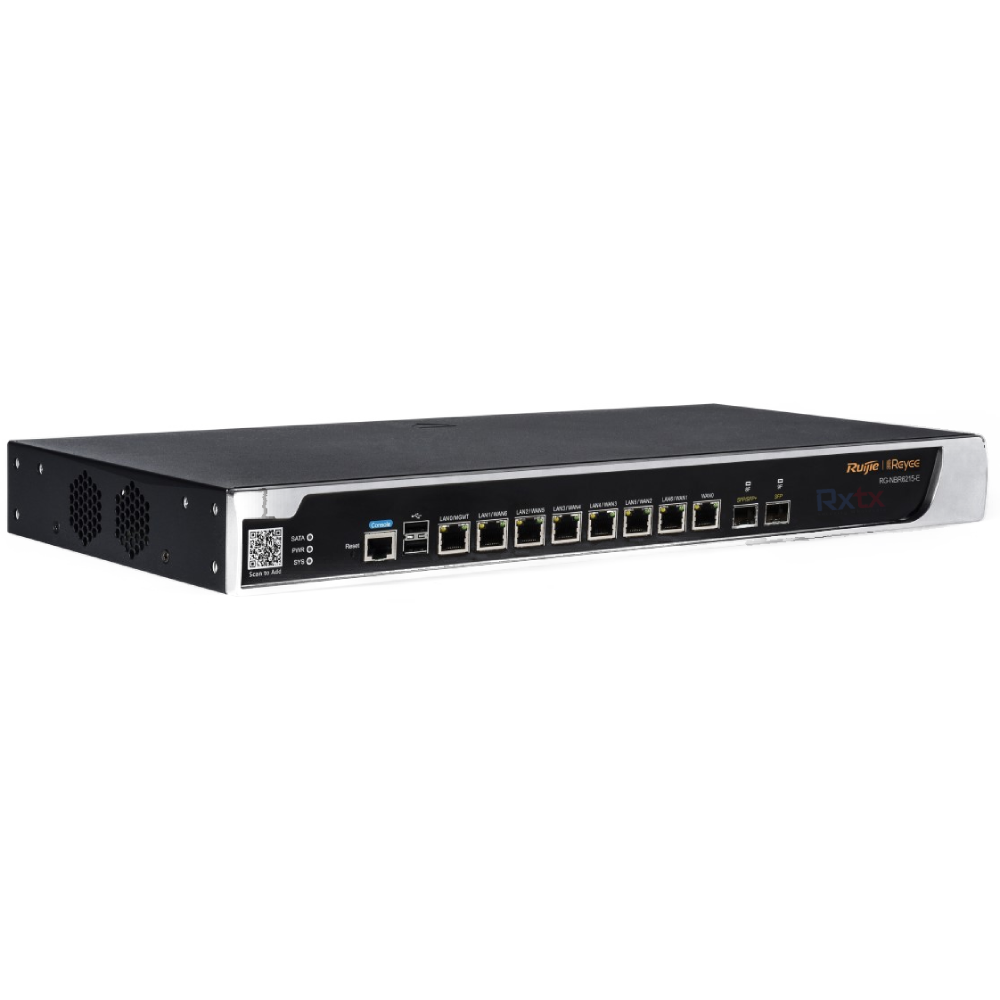
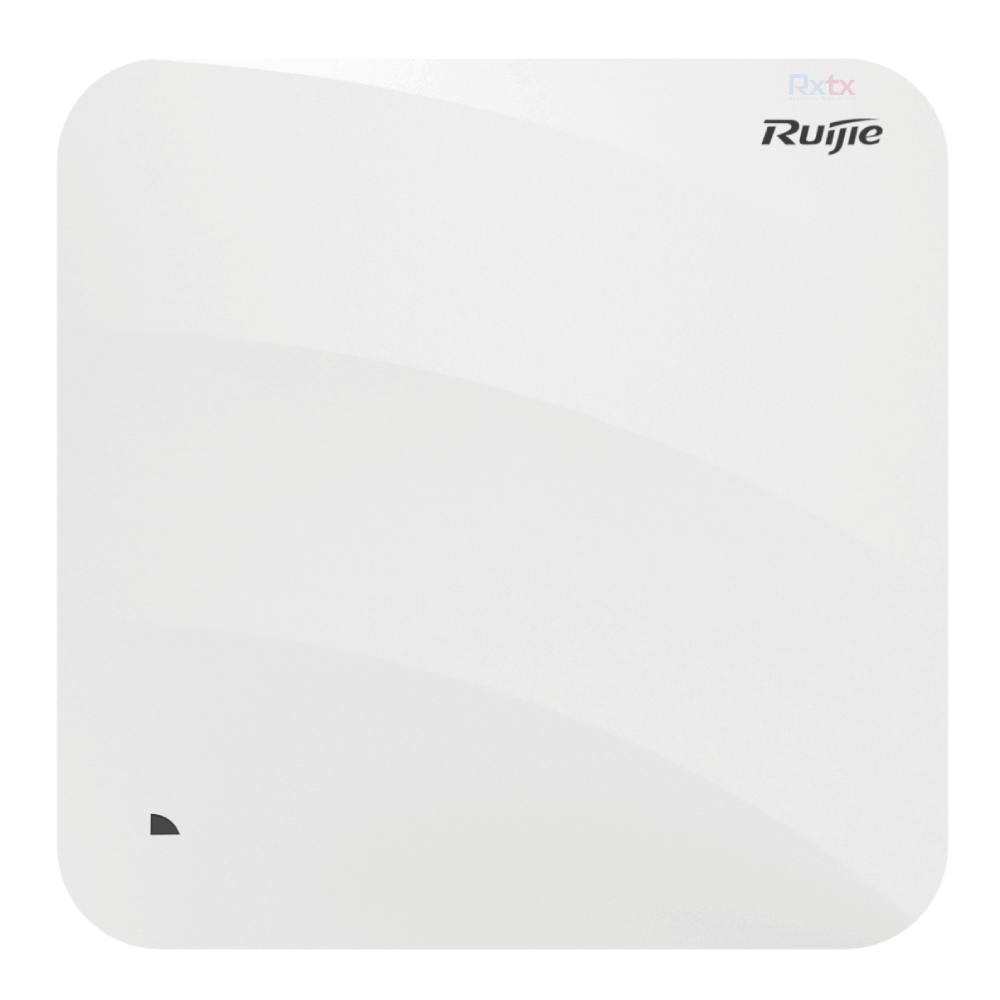
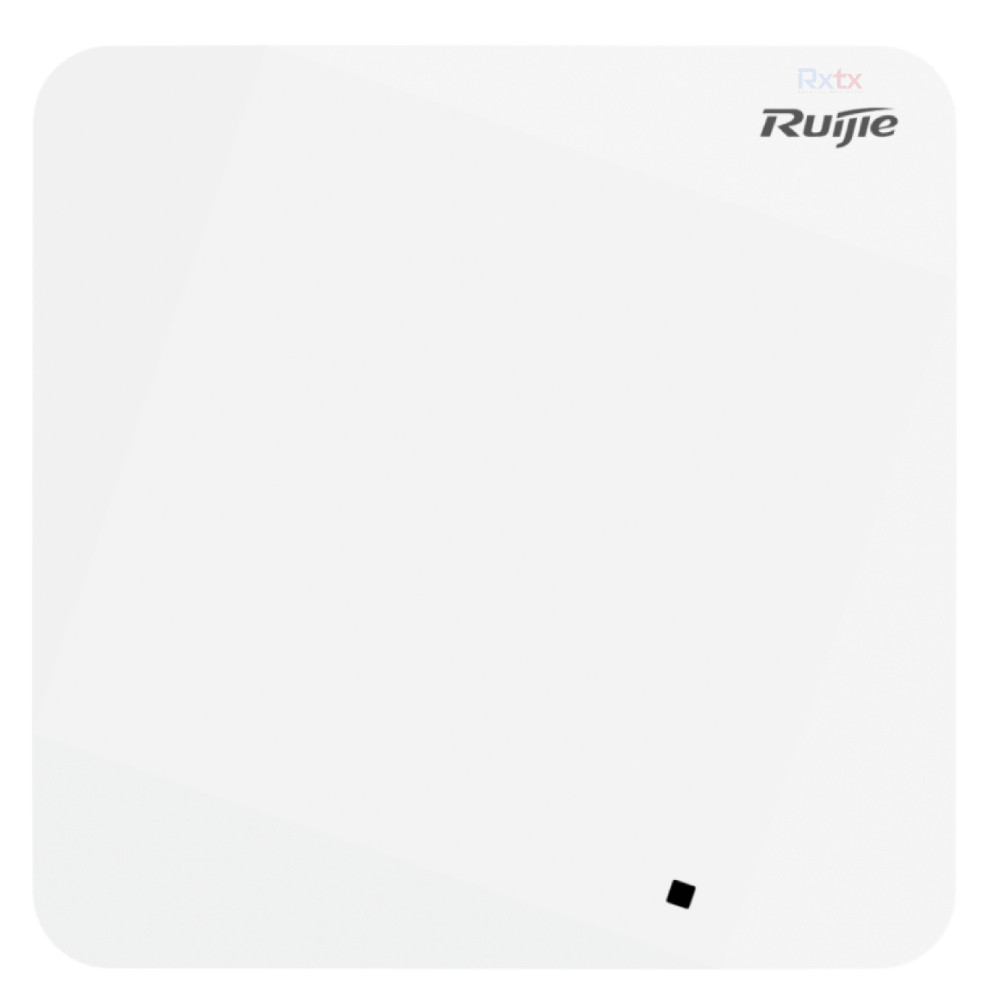
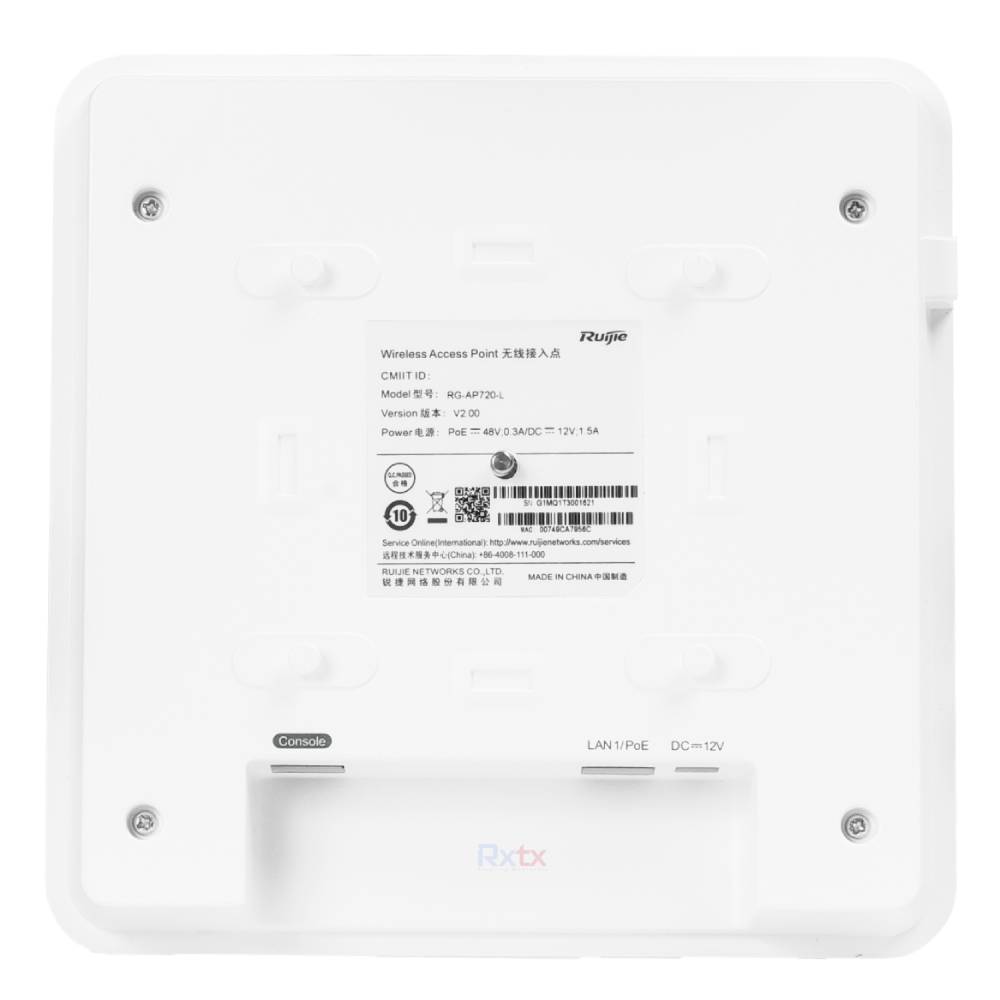
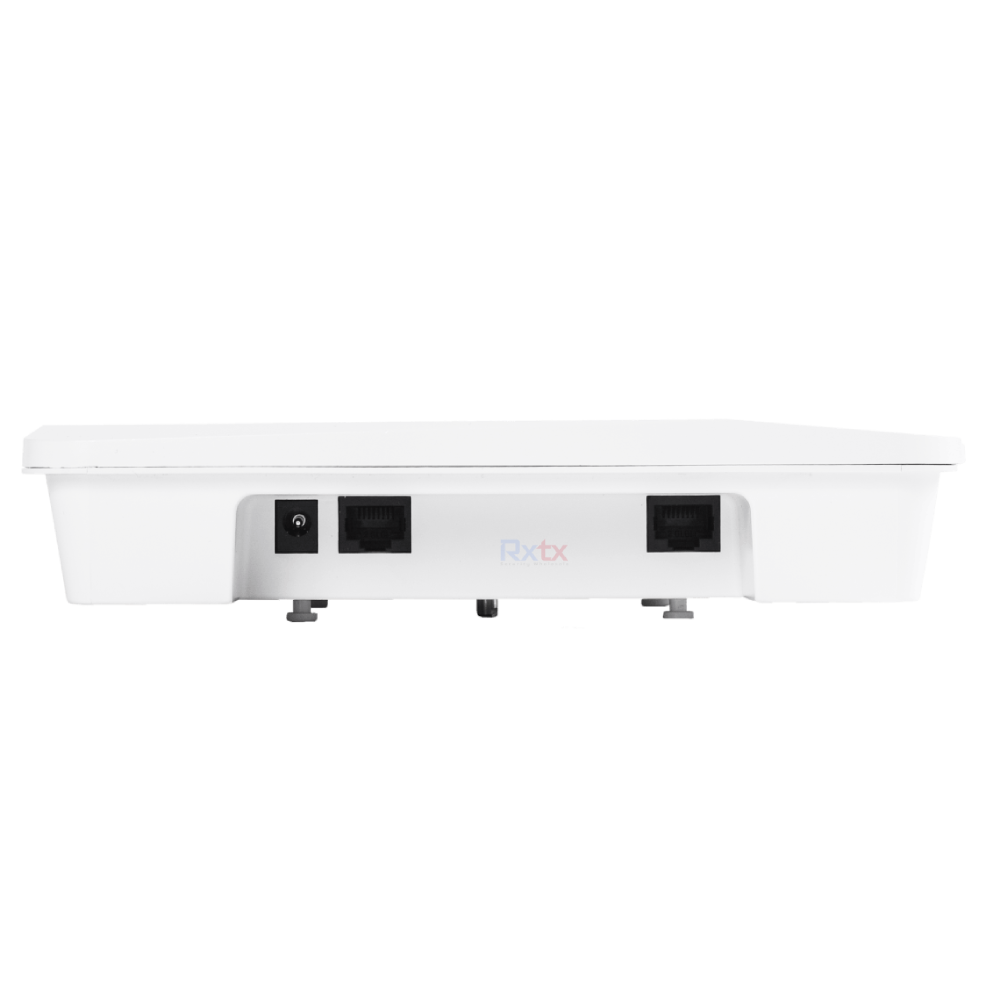
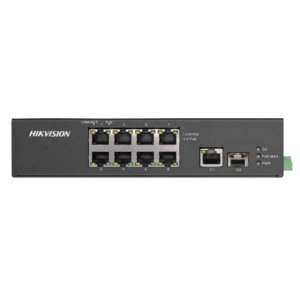
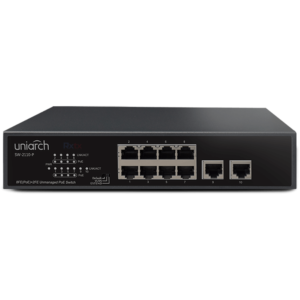
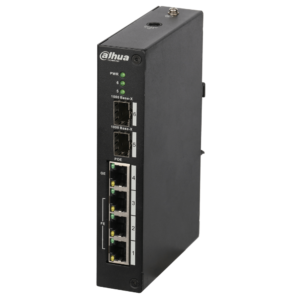
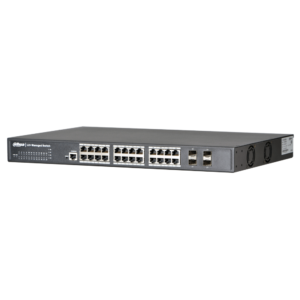
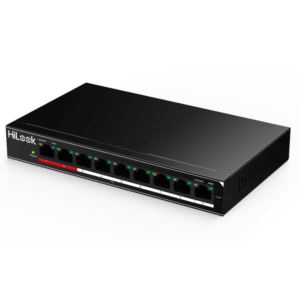
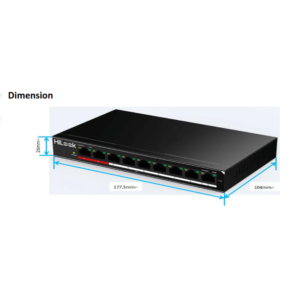
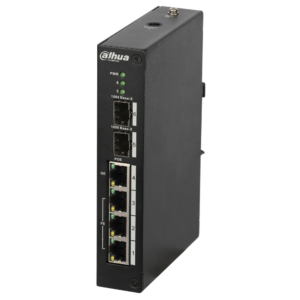
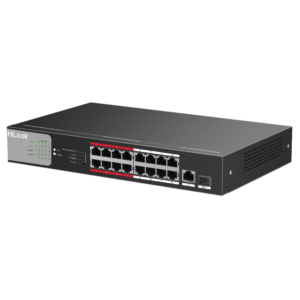
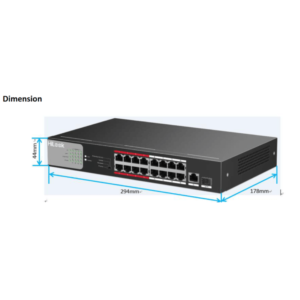
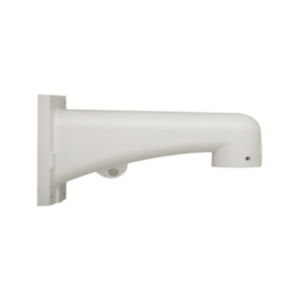
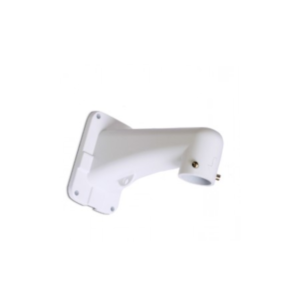
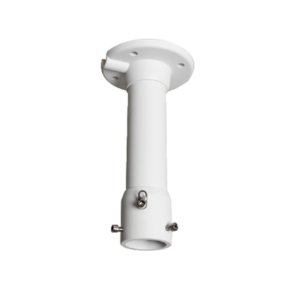
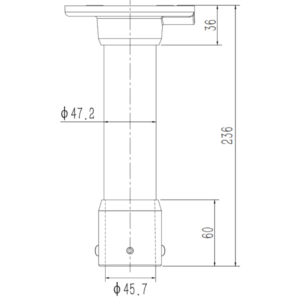
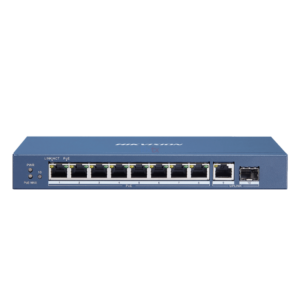
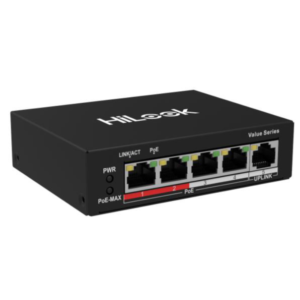
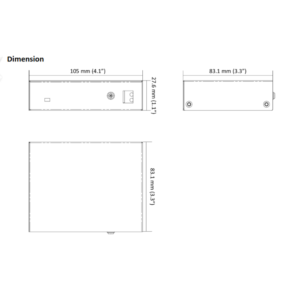
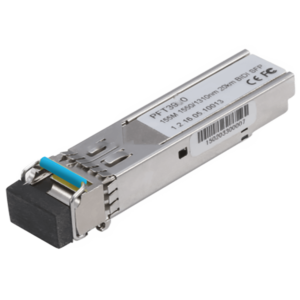
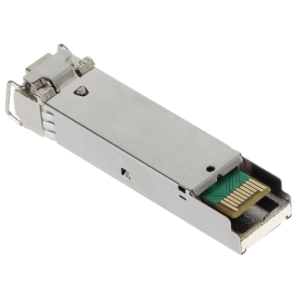
Reviews
There are no reviews yet.